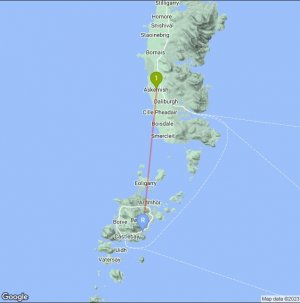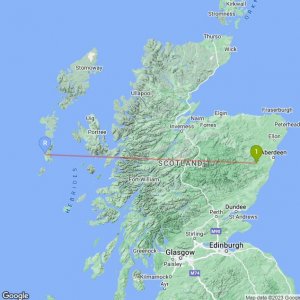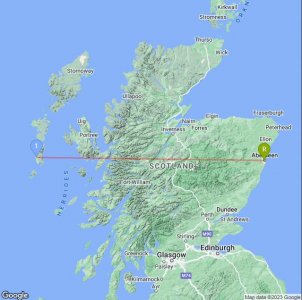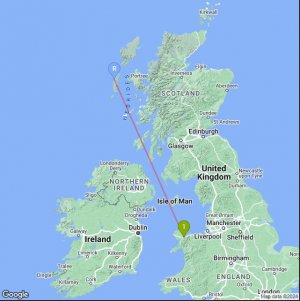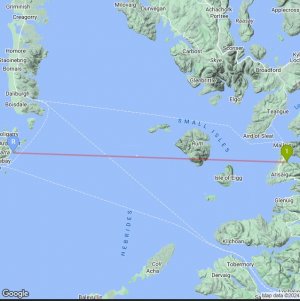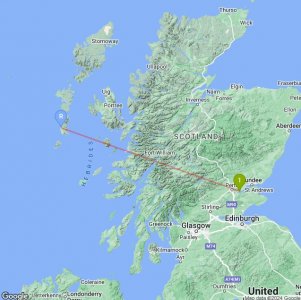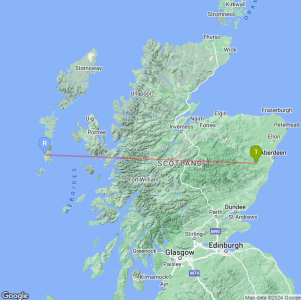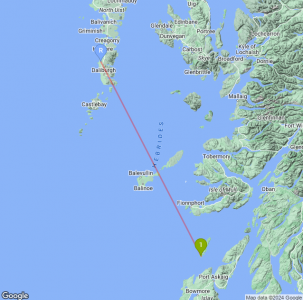-
When here in the Outer Hebrides and looking at a bird, have you ever wondered how rare it is? The status of all species can vary enormously from island to island. How rare is Shoveler on Barra, has Stock Dove been seen on Harris, does Dotterel occur on Benbecula in the autumn, and how common is Blue Tit on North Uist? Well, fret no longer! The Status and Distribution of birds here on the Outer Hebrides has been completely updated and summarised for every species and each of the main islands and outliers. Available as an online resource at https://status.outerhebrides-birdreports.org/ or via our shop
Recent colour ring sightings and ringing recoveries
- Thread starter MisterT
- Start date
